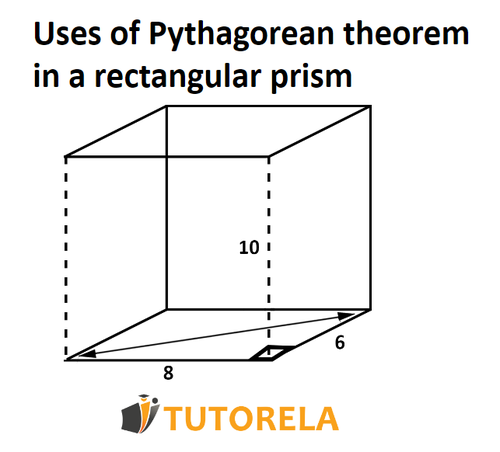Pythagorean Theorem in an Orthohedron
The orthohedron or cuboid is a rectangular prism, a three-dimensional figure, that is, it has length, width, and height (or depth). In addition, the angles between the different planes are right angles, which allows us to make use of the Pythagorean theorem to calculate the length of different sections of the orthohedron.
Reminder of the Pythagorean theorem:
The Pythagorean theorem states that in a right-angled triangle, the square of the hypotenuse is equal to the sum of the squares of the other two sides. Basiclly:
This principle can be extended to three-dimensional shapes like cuboids or orthohedrons.

The Space Diagonal
The Pythagorean theorem can help find the length of the diagonals on the faces of an orthohedron, but it also extends to finding the space diagonal—the diagonal that runs through the interior of a cuboid from one corner to its opposite corner.
There are two methods to find this:
- Use the Pythagorean theorem twice: First, find one face diagonal, then use it to calculate the space diagonal.
- Use the formula:
where, , and are the length, width, and height of the cuboid, respectively.










